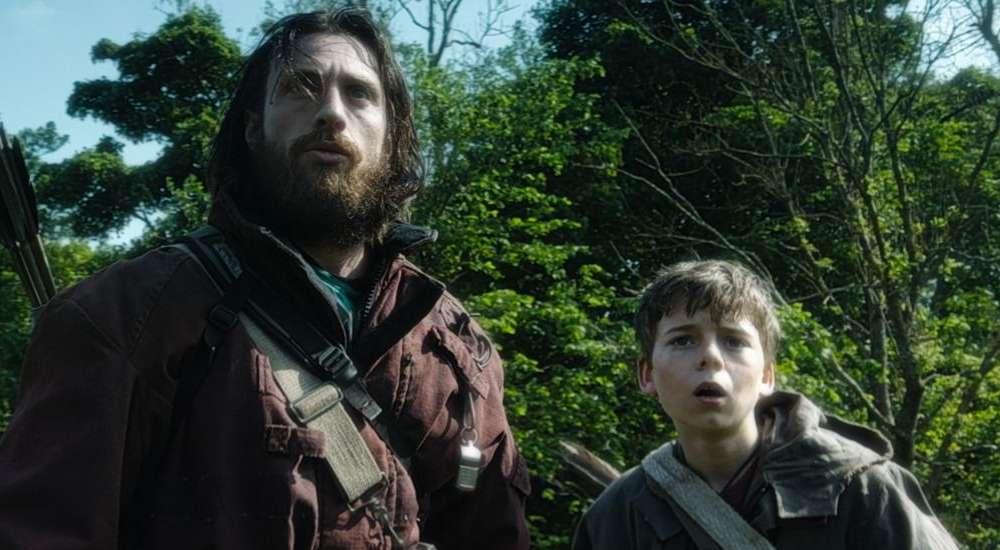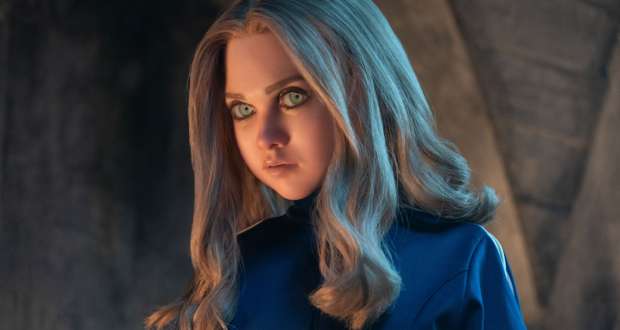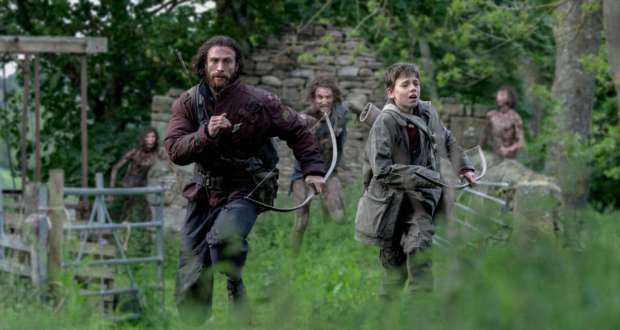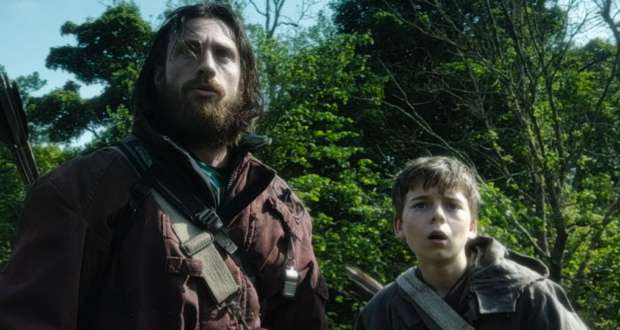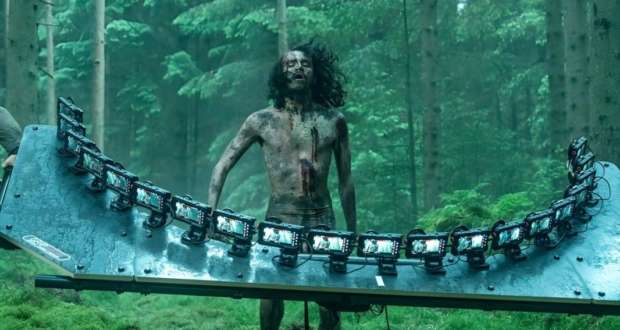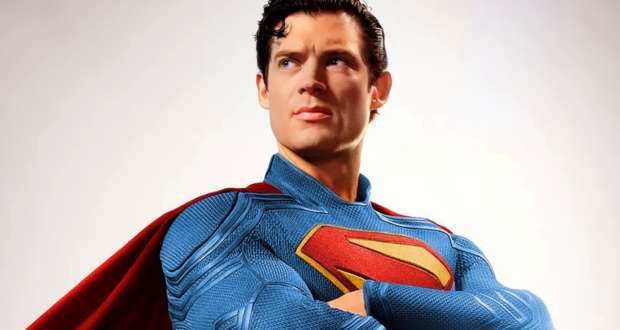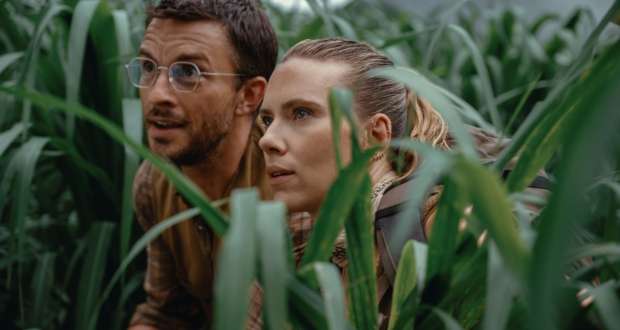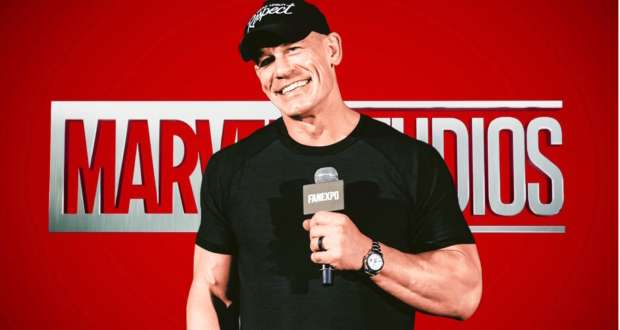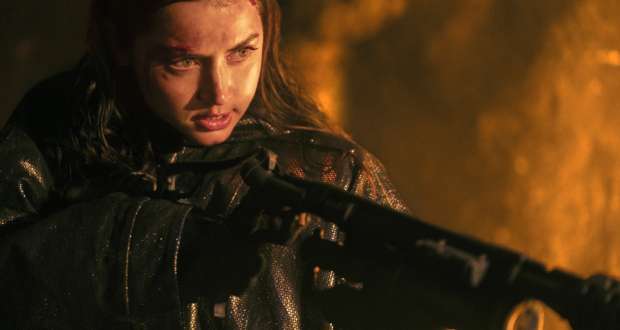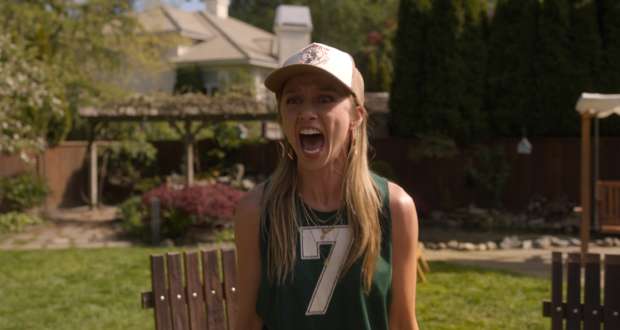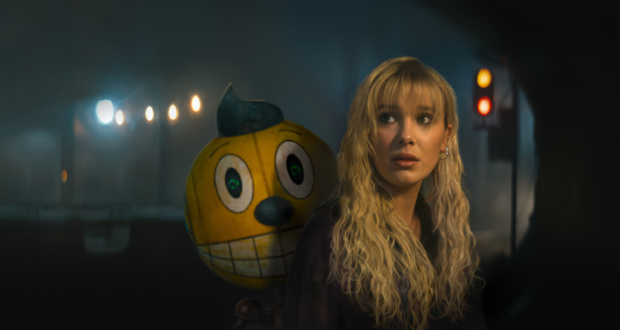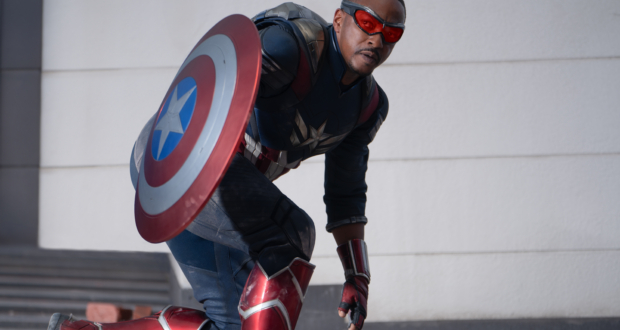28 Years Later drops us into a society rebuilt on the scars of infection. With the virus quarantined and the world seemingly stabilized, life continues — but not without secrets. When a new threat emerges tied to an isolated island and evolving forms of the infected, everything begins to unravel. What starts as a gripping and immersive survival tale quickly turns into something far less cohesive. And while there are moments of sheer brilliance, not everything survives the chaos.
28 Years Later Trailer
28 Years Later Review
The Good
The opening of 28 Years Later sets the perfect tone. It is gripping, eerie, and completely pulls you into this new world. The worldbuilding here is some of Alex Garland’s strongest, with hints of a wider global structure and political unrest that give the film a much-needed sense of scale.
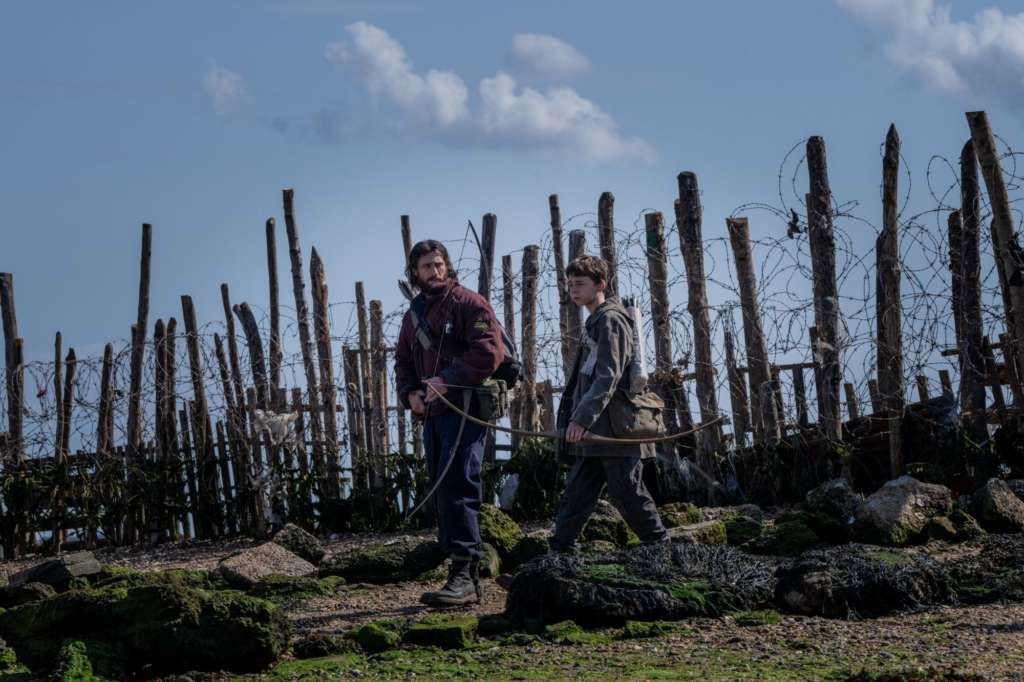
The most terrifying addition? The introduction of the “alpha.” It is one of the most haunting figures in the franchise and brings a fresh edge to the infected. The new rules around infection and the danger of these alphas raise the stakes in ways fans will not forget. The concept alone is nightmare fuel.
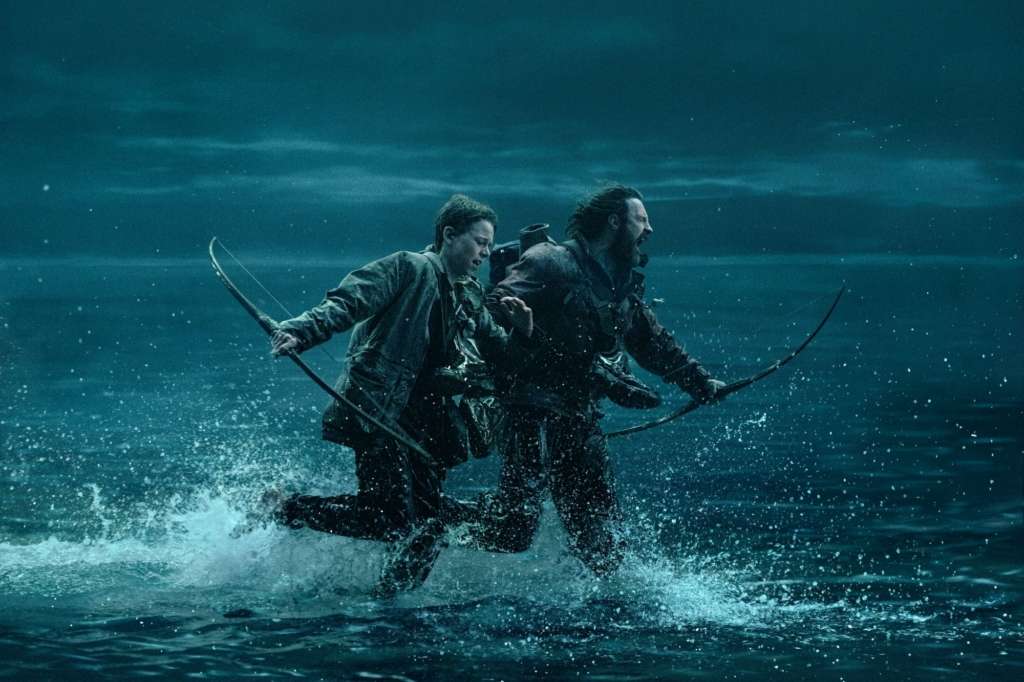
Visually, the movie is often stunning. The cinematography plays a huge role in heightening the suspense. Sequences like the abandoned house or the tense water chase are standouts. Arrows slicing through the air in slow motion or close-quarter shots in dark, claustrophobic hallways deliver pure tension. This is a film that knows how to make you clench your fists.
The Bad
Unfortunately, the film’s third act is where it all falls apart. The “train scene” becomes a turning point — and not in a good way. The story veers wildly off course, making choices that feel completely disconnected from the rest of the franchise. The sudden twist about the infected felt like a stretch too far. And then there’s the “Power Ranger” moment. I am still not over it. It was so jarring that people in my theater literally laughed, not because it was funny, but because it was so out of place.
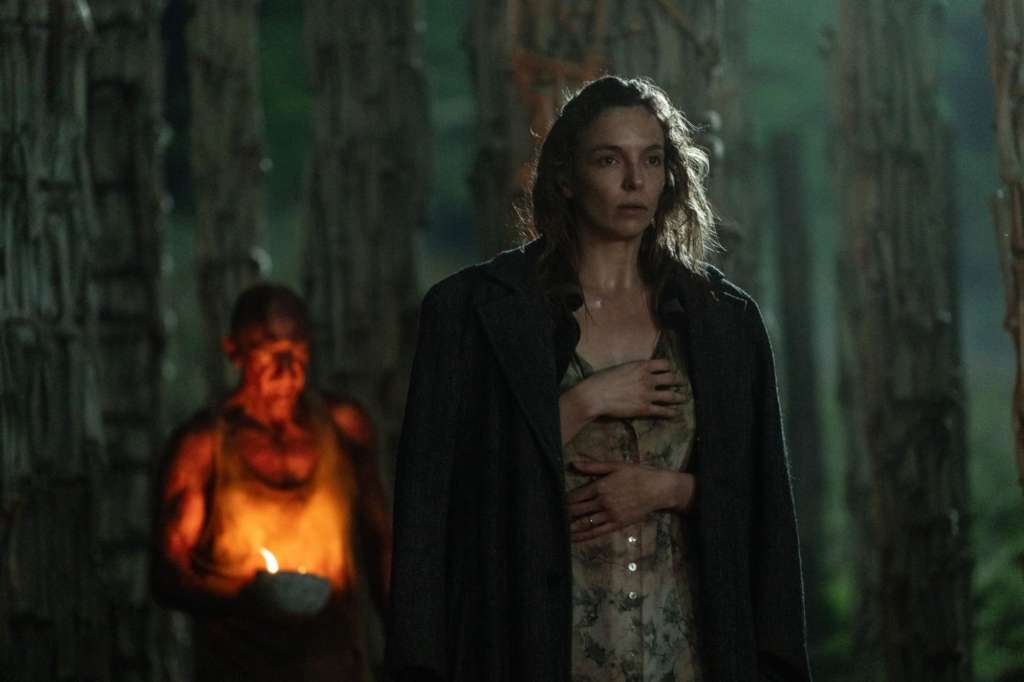
The flashbacks throughout the film were also unnecessary. They tried to draw parallels between medieval war and modern collapse, but the metaphor felt too heavy-handed and out of sync with the grounded horror that fans expect from this series.
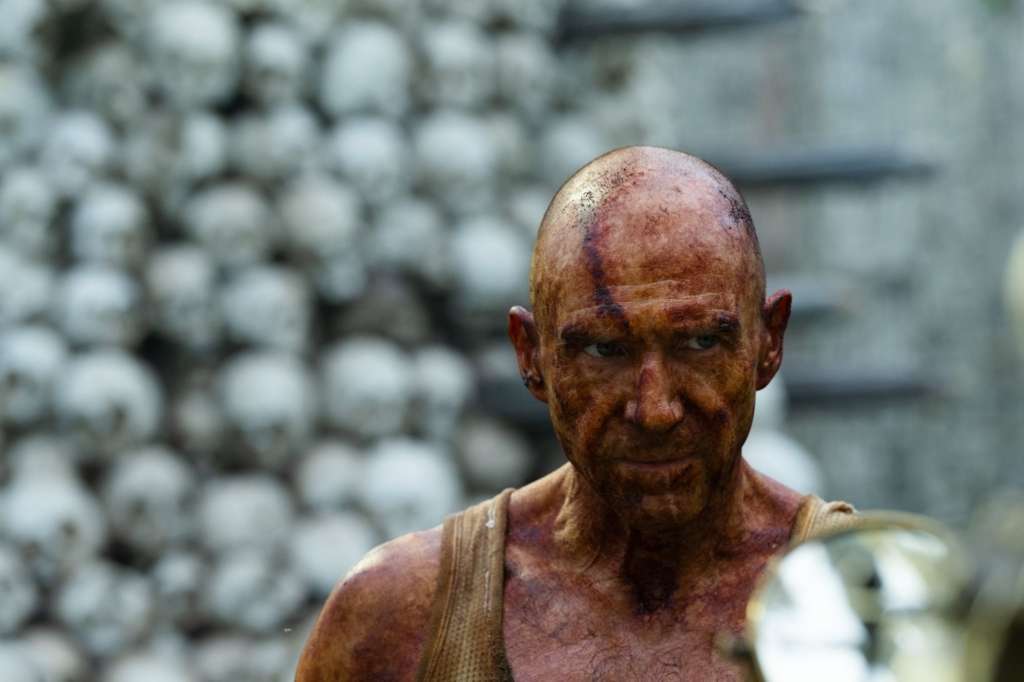
Dr. Kelson (Ralph Fiennes) in Columbia Pictures’ 28 YEARS LATER.
Most frustrating of all was the misuse of talent. Jack O’Connell and Aaron Taylor-Johnson are underutilized, and Ralph Fiennes’ character amounts to little more than wasted potential. Even Jodie Comer’s arc feels unresolved by the end. The writing builds up so many promising ideas but lets them go without meaningful payoff.
The Verdict
28 Years Later is a thrilling and edge-of-your-seat sequel that falls completely flat on its face by trying too much. It starts with fire and fear, and it makes you believe it understands what made the original films work. But by the time the credits roll, that promise has been completely undermined. This is the biggest heartbreak of the year. The action works. The new threats are great. However, the story takes such a bizarre turn that it damages everything that came before.
I guess you could say that this movie had the right virus, but the wrong cure. 28 Years Later had all the ingredients of a modern horror classic, and still found a way to waste it. For longtime fans of the series, watch with caution and lower your expectations. If anything, revisit the original films and brace yourself. What we got is not the return we were hoping for.
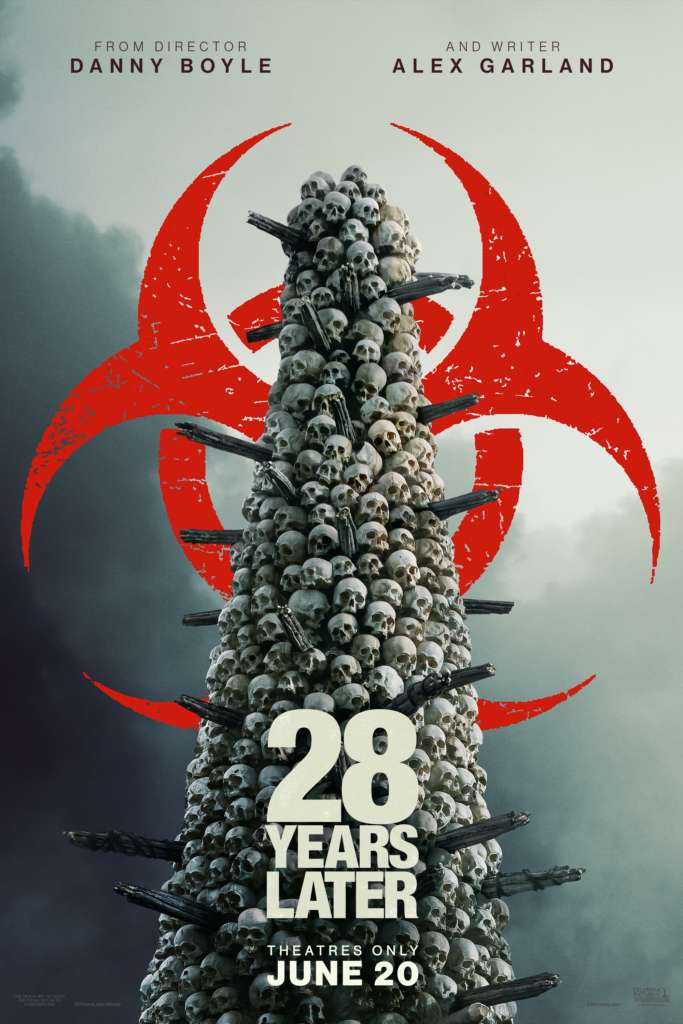
-
Acting - 7/10
7/10
-
Cinematography/Visual Effects - 7/10
7/10
-
Plot/Screenplay - 5/10
5/10
-
Setting/Theme - 7/10
7/10
-
Watchability - 5/10
5/10
-
Rewatchability - 2/10
2/10
